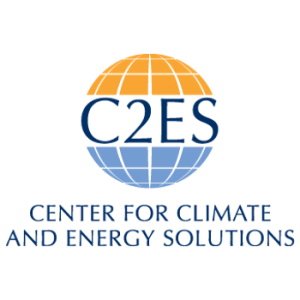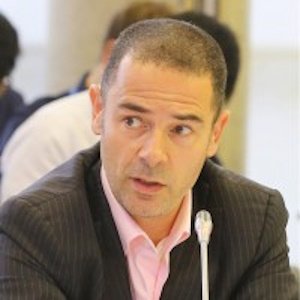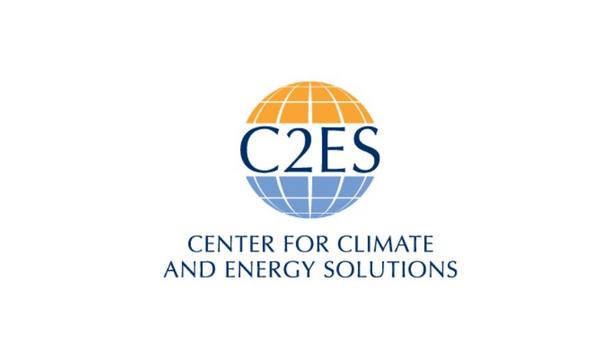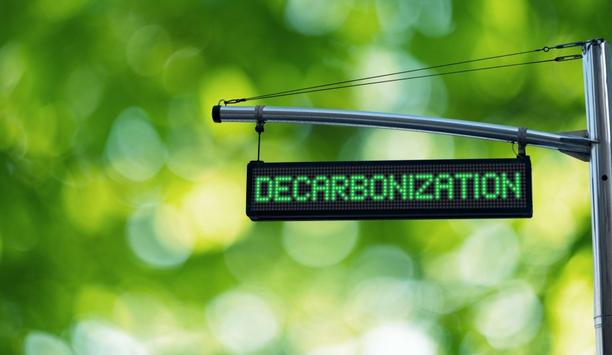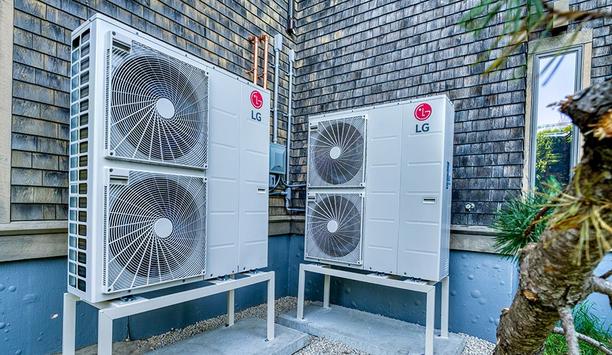C2ES - Experts & Thought Leaders
Latest Center for Climate and Energy Solutions (C2ES) news & announcements
The Center for Climate and Energy Solutions (C2ES) is pleased to welcome David G.Victor to the Board of Directors. Victor, a globally renowned scholar on climate and energy issues, is a professor of innovation and public policy at the School of Global Policy and Strategy at the University of California San Diego. He also co-directs the Deep Decarbonization Initiative at UCSD, which aims to find solutions to overcome the engineering, economic and political challenges associated with achieving a net zero economy. Victor is also a Fellow of the American Academy of Arts and Sciences. Accelerating business leadership As a new Board member, Victor will play an integral role in shaping C2ES’s impact and continued growth, across all four pillars of the organization’s work: developing and advocating for strong U.S. climate policies, supporting the environmental effectiveness of the Paris Agreement, strengthening climate resilience, and enabling and accelerating business leadership on climate. As a new Board member, Victor will play an integral role in shaping C2ES’s impact and continued growth “David is one of the most innovative and influential thinkers on climate and energy issues in the United States. I am thrilled to have him join the C2ES Board and honored that he is committing his time to helping us achieve our mission,” said C2ES President Nat Keohane. Deep decarbonization solutions “His scholarship and engagement over the course of his career – from his role as lead author in the Intergovernmental Panel on Climate Change (IPCC), to his incisive analysis of climate diplomacy, to his current role at UCSD helping to develop and implement real-world deep decarbonization solutions – make him a terrific fit for C2ES’s combination of policy and analytical expertise, business engagement, and reputation as a trusted convener.” C2ES, founded in 1998 as the Pew Center on Global Climate Change, works to secure and safe and stable climate by accelerating the global transition to net-zero greenhouse gas emissions and a thriving, just, and resilient economy. Underpinning every aspect of C2ES’s work is its belief in equitable climate solutions — ensuring that the benefits of the transition to a net-zero economy are widely shared and that vulnerable communities are protected from climate impacts.
The first Global Stocktake (GST) took place at COP28 in Dubai last year. It assessed Parties’ progress towards achieving the goals of the Paris Agreement and set out clear targets and signals to raise climate ambition going forward. As attention shifts to COP29 in Baku, Parties must account for how they have integrated outcomes from the GST in new climate targets—known as nationally determined contributions (NDCs)—due by February 10, 2025. Enhancing international cooperation “The world needs to enhance international cooperation to achieve the global sectoral targets agreed at COP28 in Dubai last year. This is essential if the climate targets — ‘nationally determined contributions’—that countries are required to come forward with by February 10, 2025 stand a chance of being ambitious enough to keep global warming below the 1.5 degrees Celsius limit of the Paris Agreement. This needs to be a focus of COP29 in Baku next month,” said Kaveh Guilanpour, C2ES’s Vice President of International Strategies. The Center for Climate and Energy Solutions (C2ES) is releasing a suite of six papers The Center for Climate and Energy Solutions (C2ES) is releasing a suite of six papers, and a summarizing fact sheet, that look at some of the GST targets and signals agreed at COP28, explore how international cooperation could be enhanced to raise ambition, and make a number of recommendations. Energy efficiency goals Key recommendations include: Countries should include specific targets for total renewable power capacity for 2030 as part of their planning processes and domestic arrangements identified in their NDCs and long-term low emission development strategies (LT-LEDS). To drive the achievement of the doubling of energy efficiency globally, regional- leadership should support the development of energy efficiency goals and implementation roadmaps for specific geographic areas and sectors. Greenhouse gas emissions Countries should: commit in their NDCs to stop building new unabated coal-fired power generation plants encourage or require oil and gas companies to increase transparency in their transition strategies, by measuring, monitoring, publicly reporting and independently verifying their greenhouse gas emissions, particularly on methane, and their progress in reducing emissions from their operations integrate just transition strategies or plans within short- and long-term climate plans, such as NDCs, Long Term-Low Emission Development Strategies (LT-LEDS), and national adaptation plans (NAPs). Emissions reduction targets Countries should outline in their NDCs, NAPs, long-term strategies and/or national development plans how they are implementing and integrating early warning systems (EWS). Countries should develop and include in their NDCs national plans toward halting and reversing deforestation and forest degradation. They should indicate, ideally with quantified targets, how these efforts contribute to their emissions reduction targets. Countries should develop and include national strategies and plans for sustainable, climate-resilient agriculture and food systems in their NDCs and/or national adaptation plans (NAPs).
Statement on the newly released coal-fired power plant rules from the United States Environmental Protection Agency (EPA). “The era of coal-fired power plants spewing unabated carbon pollution is over. The health of our local communities and our global climate demands it. Though power plant emissions have fallen nearly 41 percent since 2005, significant cuts are still needed to meet the nation’s 2030 emission goals. And with electricity demand projected to soar in the coming years, the emission reductions we’ve seen so far could be reversed, further undermining our ability to meet our goals." zero-carbon power sector The EPA statement adds, “This rule takes an important step toward a zero-carbon power sector by requiring all current coal plants and new natural gas plants to cut or control 90 percent of their emissions. These cuts underscore the importance of carbon capture technologies; the International Energy Agency (IEA) has made clear that reaching net-zero will be virtually impossible without CCUS." “Putting these standards in place will bring significant economic benefits. The EPA estimates that this rule will yield a net benefit of $370 billion in economic benefits over the next twenty years." Important source of emissions The EPA statement continues, “While it’s important to clean up the nation’s electricity supply, it’s also key to ensure that clean electricity can meet the growing demand. Today’s newly announced rules from the Department of Energy for transmission permitting will offer welcome and complementary reforms to coordinate the interagency process, create categorical exclusions for projects in existing rights of way, and standardize a two-year review period for federal transmission authorizations and permits. All of these actions will help accelerate the transition to the clean and reliable power grid our economy needs to compete in the global economy." “The one place where today’s announcement falls short is by exempting existing gas-fired power plants. Cleaning up the existing fleet is crucial to decarbonizing our power sector – and to avoiding the perverse incentives that could come from focusing only on new generations. We look forward to working with EPA and other stakeholders to advance rules to address this important source of emissions as soon as possible.”
Leveraging Radiant And Hydronics To Help Achieve Decarbonization Goals
DownloadSealed Connectors In Harsh Environments
DownloadPowering And Cooling Next Generation Data Centers
DownloadDebunking Myths To Promote A Bright Future For Heat Pumps
DownloadOptimizing Comfort: The Ultimate HVAC Component Guide
Download


